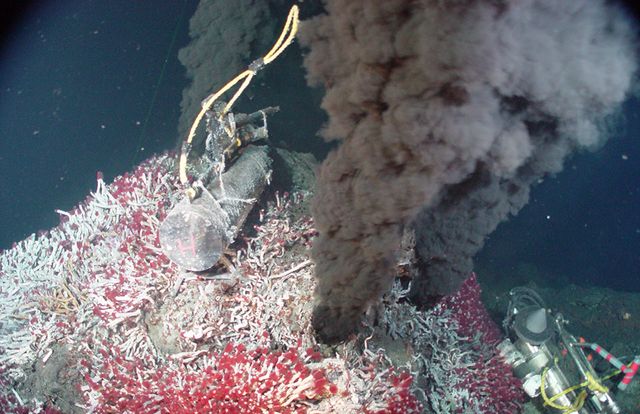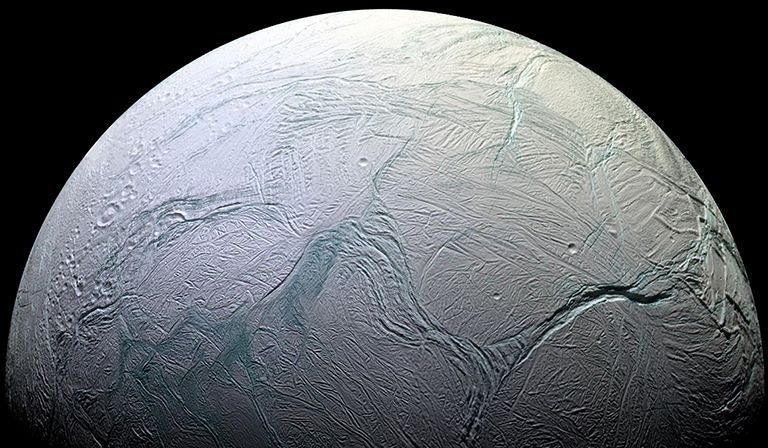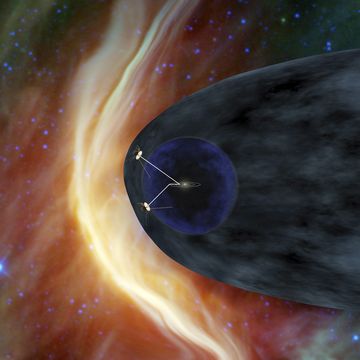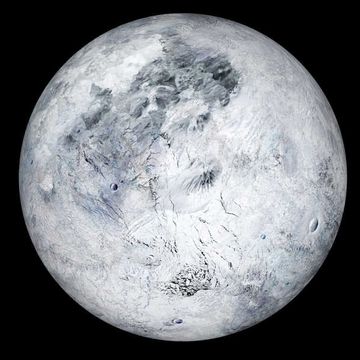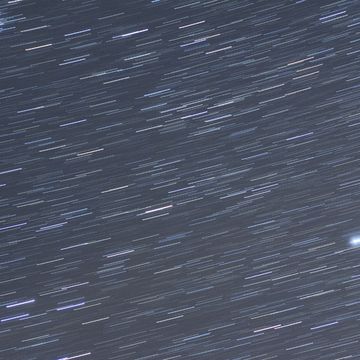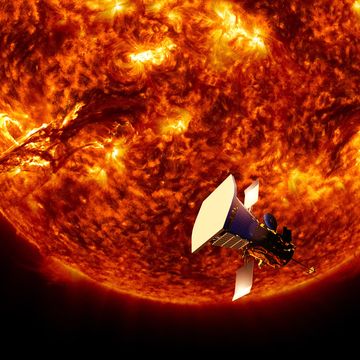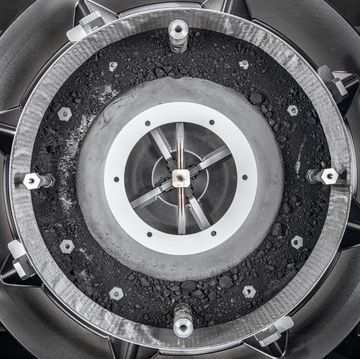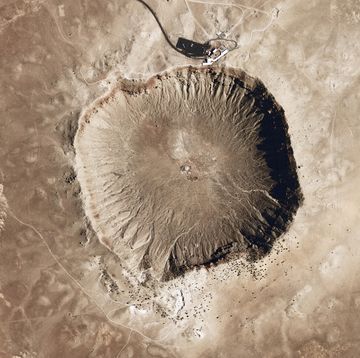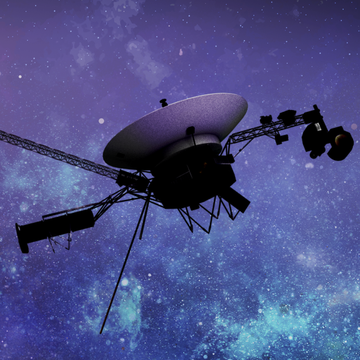- Life finds a way in some of the deepest, darkest parts of the ocean
- NASA is interested in these places because that's what life on other planets or moons could look like
- On August 20, NASA will send a submarine to the seafloor near Hawaii to study this extreme environment.
NASA is about to send a submarine to the bottom of the ocean.
The mission may seem like a departure from the agency's primary occupation of lofting things into space, but NASA has a very good reason to be taking a closer look at the Earth's seafloor. One day we might send a submarine to the outer solar system to explore the waters of other worlds for life, and we need to know what to look for.
SUBSEA, short for Systematic Underwater Biogeochemical Science and Exploration Analog, is a two-pronged mission. It serves as both a testbed for the kind of equipment we'll one day want to send to a watery moon, and as a way to study the biochemistry of such an environment. On Monday, August 20, NASA will send the SUBSEA mission to a volcanic vent off the coast of Hawaii. It's mission: To find an environment that's roughly analogous to water worlds like Jupiter's moon Europa and Saturn's moon Enceladus.
Vents on the seafloor can reach hundreds of degrees as upwelling volcanic material meets the ocean water. Although this dark, oxygen-poor environment might seem like a harsh place for life, organisms from bacterial colonies to thermophilic worms to heat-tolerant crustaceans can thrive by these volcanic vents—something scientists once thought was impossible.
In space, it's possible that we may find little volcanic vents on the ocean floor of Europa, which is larger than Pluto, or Enceladus, which is a small moon believed to have a porous core of hot rock. The rocky cores of these worlds heat up due to gravitational interactions with their much larger home planets, possibly producing volcanic activity on the ocean floor similar to Earth. Both moons are prime targets for future NASA missions and eventual ocean exploration.
"Everything that we do has bearing on how we think and how we design these future missions," say Darlene Lim, a NASA Ames scientist who is the principal investigator of SUBSEA.
The submarine will plunge down to Lō`ihi, a seamount off the coast of the Big Island of Hawaii. There, it will take observations at subcentimeter resolution of the topography, environment, and inorganic chemistry. The actual biological work will take place mostly through sample retrieval. The mission will be divided between an on-site team monitoring from the ocean above and a collaboration of laboratories across the U.S.
Right now, the sub is not testing out new instruments but giving a dry rehearsal for future missions that will use primarily off-the-shelf technology. "We’re interested in developing models to determine what we might expect in Enceladus," Lim says.
Next year, the researchers will launch a similar mission with a twist. The team will impose a 24-minute communication delay between the sub and the surface. "Next year’s work involves injecting a latency that will be Mars-like to see how that alters any of the decision making that’s been described and qualified the year before," Lim says.
Subsequent missions could inch closer to the kind of delay one might expect communicating with a spacecraft in the outer solar system. Mars is 12.5 light minutes away on average, while Jupiter is between 33 and 80 light minutes away. And when you account for sending commands from Earth to a probe and getting a transmission back, the communication time is doubled.
Even with other researchers probing the ocean depths for simulating alien worlds, a submarine on Europa or Enceladus is probably a long way down the line. NASA will send its first dedicated mission to Europa sometime in the 2020s, but it will be an orbiter with a possible lander—not a sub. Drilling below the miles-thick ice shell is a tall order until we pinpoint a favorable landing site and test the required technology on Earth.
Of course, there's always Titan, Saturn's giant moon that has liquid bodies of hydrocarbons on its surface. Submarine missions have repeatedly been proposed, though right now an aerial drone mission is looking more likely.
But wherever the first interplanetary submarine ends up going, SUBSEA will have carefully laid the groundwork on the terrestrial seafloor.
